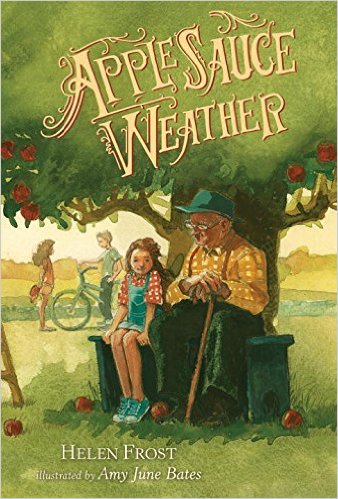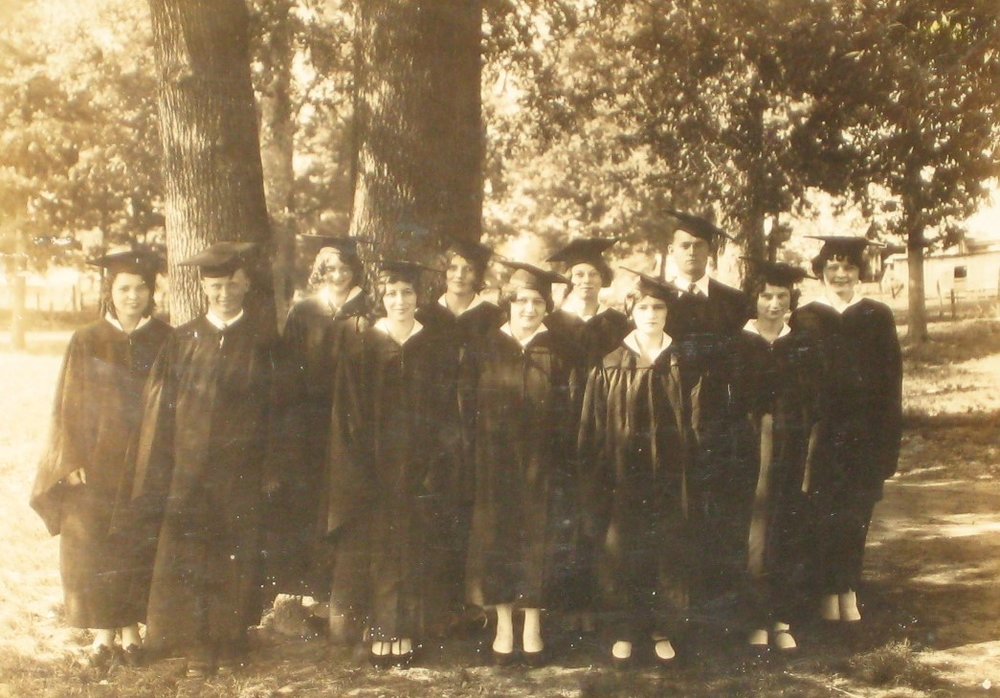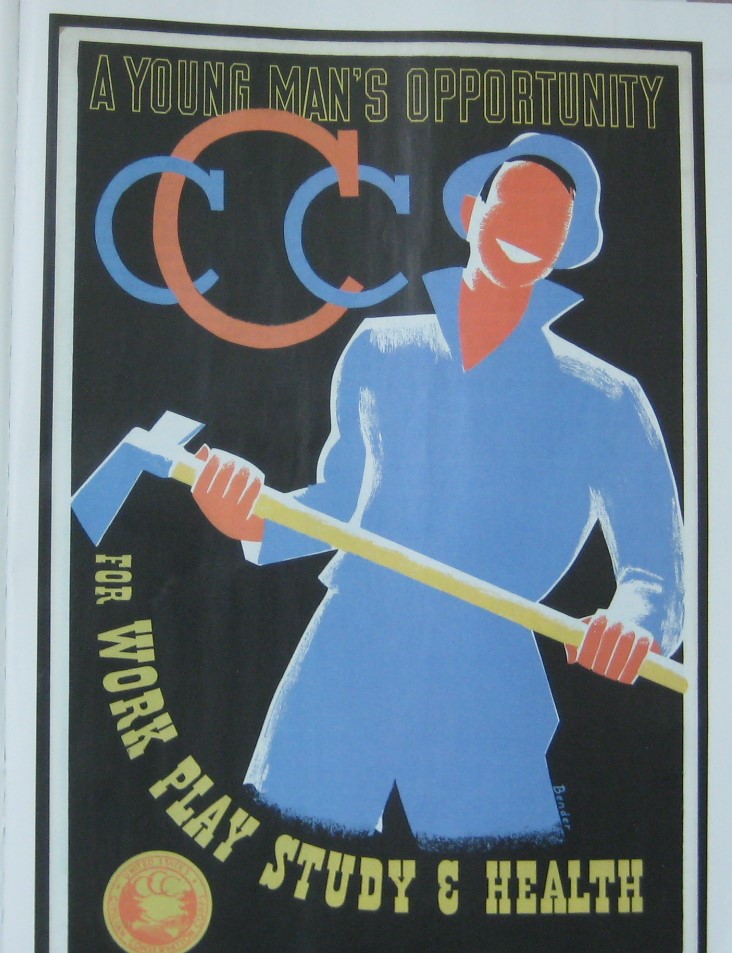 Ruth Moose’s book, Wedding Bell Blues, contains every Southern cliché known to man, well maybe except this one. It begins with crazy Reba calling Miss Beth on a cell phone because God is dead, and she has killed him. This was the same God that Reba had been talking about marrying for a month. The community has indulged her, even egged her on with her preparations while speculating over whether the huge diamond she sports is real or came from a Cracker Jack box.
Ruth Moose’s book, Wedding Bell Blues, contains every Southern cliché known to man, well maybe except this one. It begins with crazy Reba calling Miss Beth on a cell phone because God is dead, and she has killed him. This was the same God that Reba had been talking about marrying for a month. The community has indulged her, even egged her on with her preparations while speculating over whether the huge diamond she sports is real or came from a Cracker Jack box.
After Reba confesses and is taken to jail, Beth is kept busy trying to solve the mystery, locate her neighbor’s missing white rabbit named Robert Redford, and figure out how serious Scott is about his relationship with her. Did I mention she is restoring the Dixie Dew Bed and Breakfast and helping out with Littleboro’s First Annual Green Bean Festival? (I told you this was a Southern story.)
With people getting sick, another death, another wedding, and quirky characters running in and out, the book is more madcap than whodunit although the mystery does get solved in the end. This is a light read with the Southern eccentricities more prominent than the mystery. This is the second in the Beth McKenzie mysteries written by Ruth Moose. If you are looking for a scholarly read, you will be disappointed. On the other hand, if you need a little diversion, you can find it here.

































